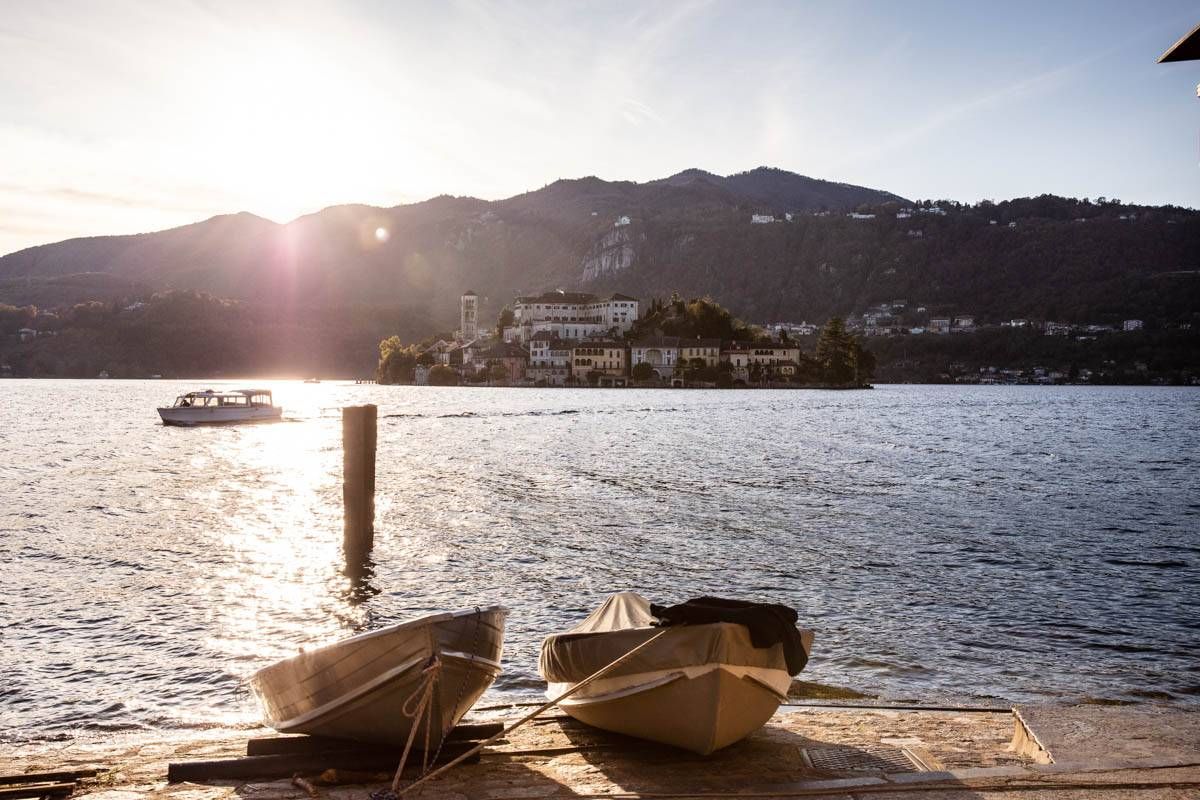Étiquette : lago d’orta
-
Ameno, la ville des artistes et de la nature

Ameno est une ville sur le lac d’Orta caractérisée par de nombreux palais et villas nobles, ainsi que par une incroyable beauté naturelle. Read more

Ameno est une ville sur le lac d’Orta caractérisée par de nombreux palais et villas nobles, ainsi que par une incroyable beauté naturelle. Read more